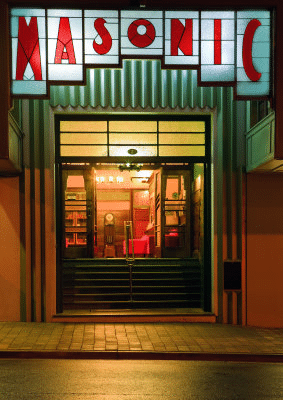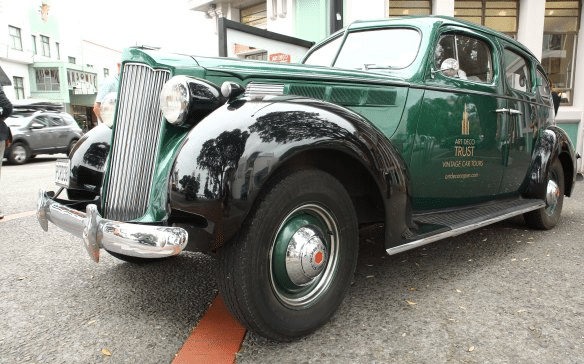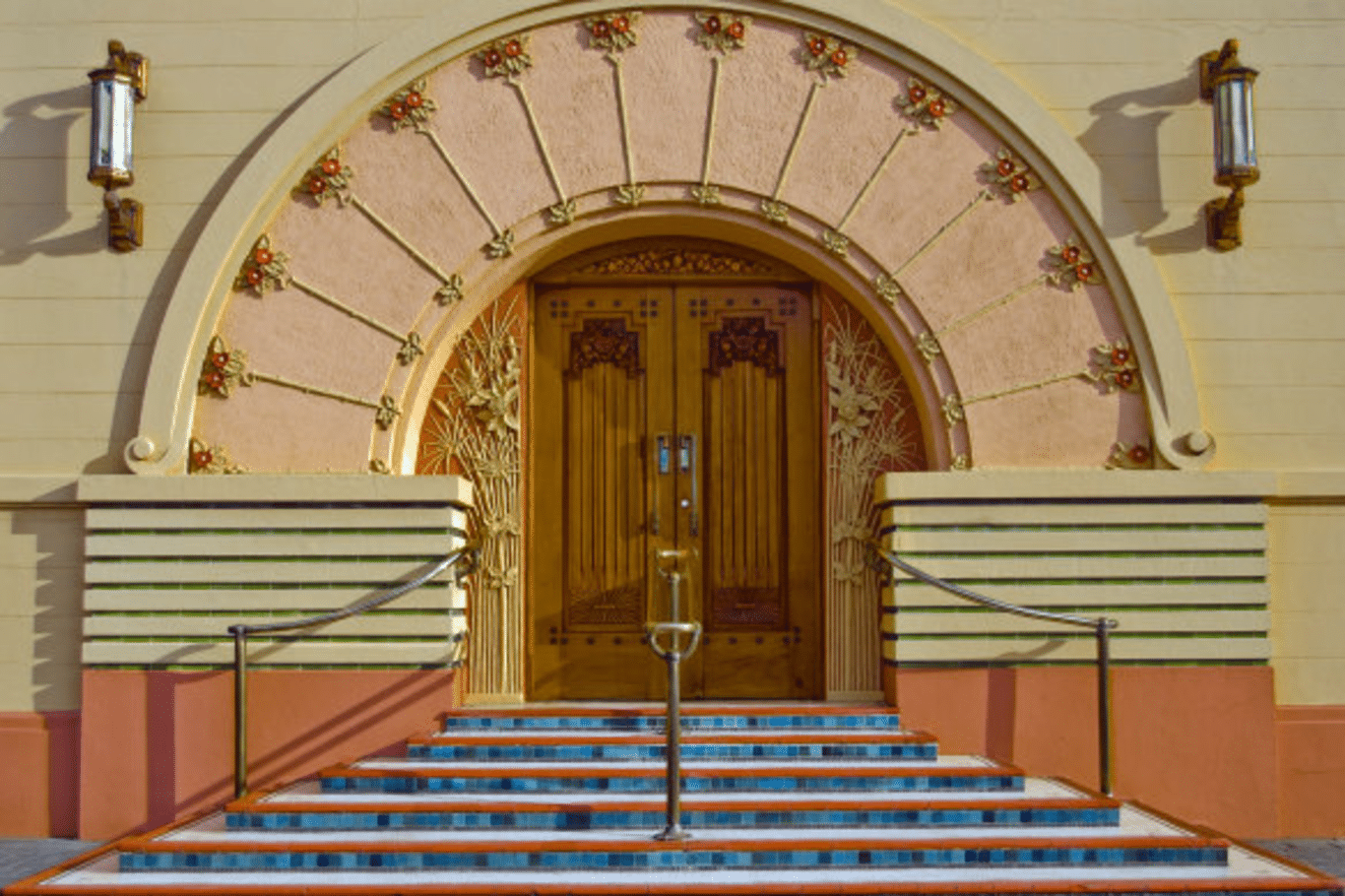Napier: From Quake-Hit City to Architectural Gem
Can you imagine a city that has turned devastation into beauty?
Discover how the devastating earthquake that struck Napier in 1931 transformed it into an art deco paradise.

Napier, a small city on the east coast of New Zealand’s North Island, is known for its stunning art deco architecture. This architectural style became prominent in the city after a devastating earthquake in 1931. The quake, which had a magnitude of 7.8, caused significant destruction and claimed the lives of 161 citizens. However, in the aftermath of the disaster, the decision was made to rebuild the city in the prevailing art deco style of the time.
The result is a collection of beautifully designed buildings and houses that still stand today. These structures have turned Napier into a self-styled art deco capital and a must-visit destination for architecture enthusiasts. One of the best ways to explore the city’s architectural gems is through a vintage car tour operated by the Art Deco Trust. Visitors can hop into a meticulously restored 1930s-era Packard and be chauffeured around the city by a knowledgeable guide dressed in full art deco attire.
During the tour, you’ll see key art deco sights such as the National Tobacco Company headquarters, designed by Louis Hay in 1932. This building exudes art deco splendor and is just one example of the architectural treasures that Napier has to offer. Another notable stop on the tour is the Masonic Hotel, where Queen Elizabeth II and Prince Philip stayed during their coronation tour in 1954. The Royal Suite where they stayed has been preserved, allowing visitors to step back in time and experience the elegance of that era.
Beyond the city center, there is another art deco marvel to discover. The suburb of Marewa, dating back to 1934, features many beautifully preserved examples of art moderne-style housing. This stunning enclave showcases the architectural style of the time and provides a glimpse into the past.
However, not everything in Napier is picture-perfect when it comes to its art deco heritage. The city has been plagued by unregulated shop and business signage, which detracts from the aesthetic appeal of the art deco buildings. This issue played a role in Napier’s bid for UNESCO World Heritage listing being rejected in 2011. While the city can be compared to other art deco towns around the world, such as Miami Beach and Santa Barbara in the US, Bandung in Indonesia, and Asmara in Eritrea, it was deemed that none surpassed Napier in terms of style and coherence.
Despite the challenges with signage, Napier remains a captivating destination that transports visitors to a bygone era. The nostalgia that permeates the city makes it a truly unique and memorable place to explore.

- Napier, New Zealand, is a city rich in art deco architecture.
- The city was rebuilt in the art deco style after a major earthquake in 1931.
- Napier’s art deco buildings have become a major tourist attraction.
- The city’s vintage car tours offer a unique way to explore its architectural gems.
- Napier’s bid for UNESCO World Heritage listing was rejected due to excessive signage.

Napier’s transformation from a quake-hit city to an architectural gem is a testament to the resilience and creativity of its residents. The art deco buildings that now dominate the cityscape are a testament to the enduring legacy of that time. Whether you’re a history buff or simply appreciate beautiful architecture, Napier is a destination that will captivate you.
